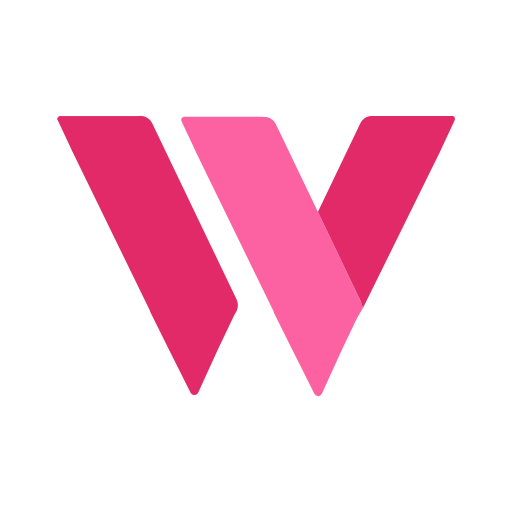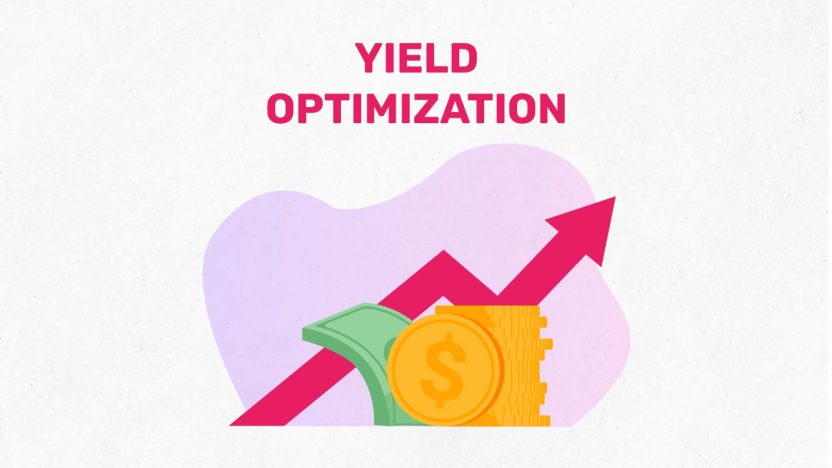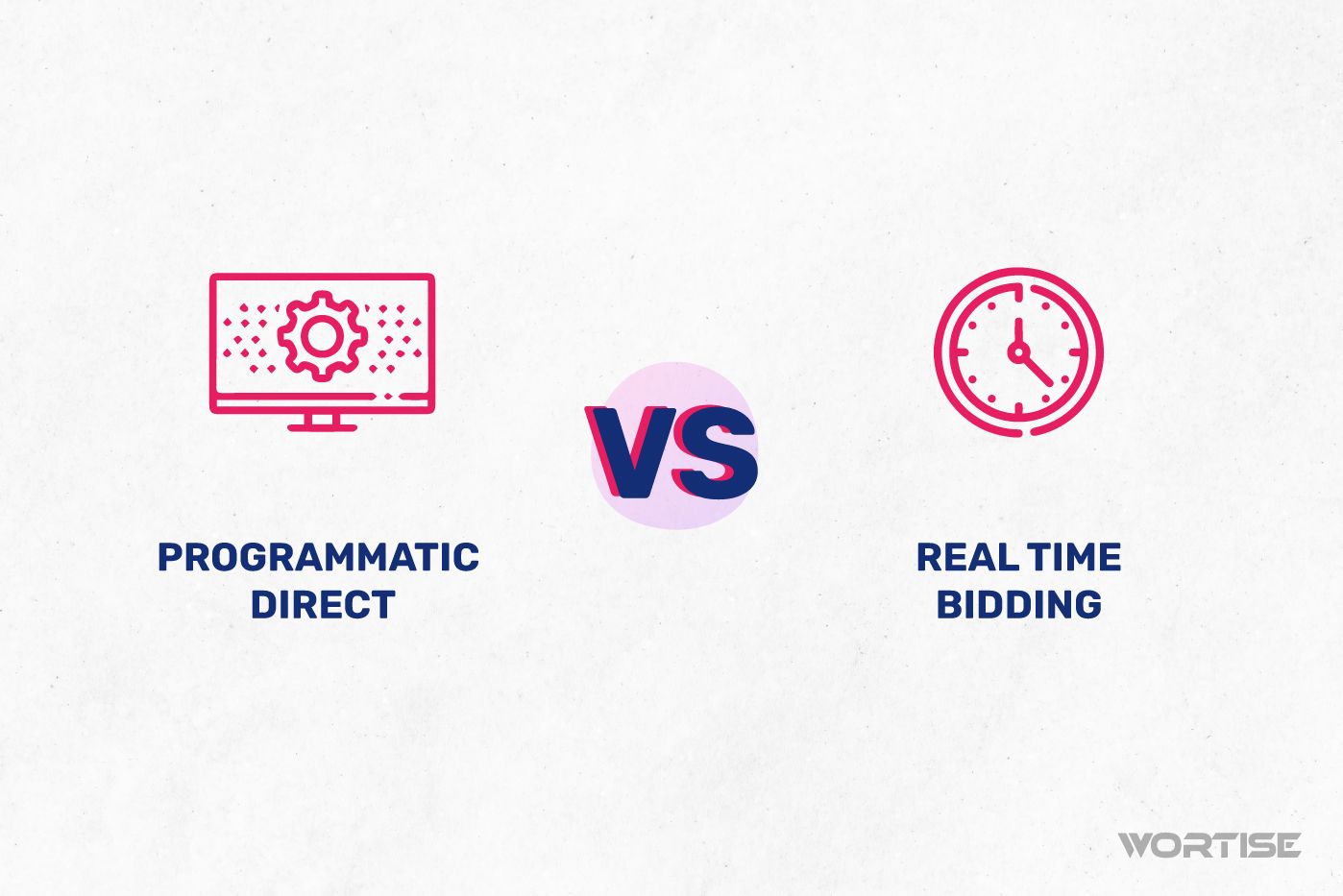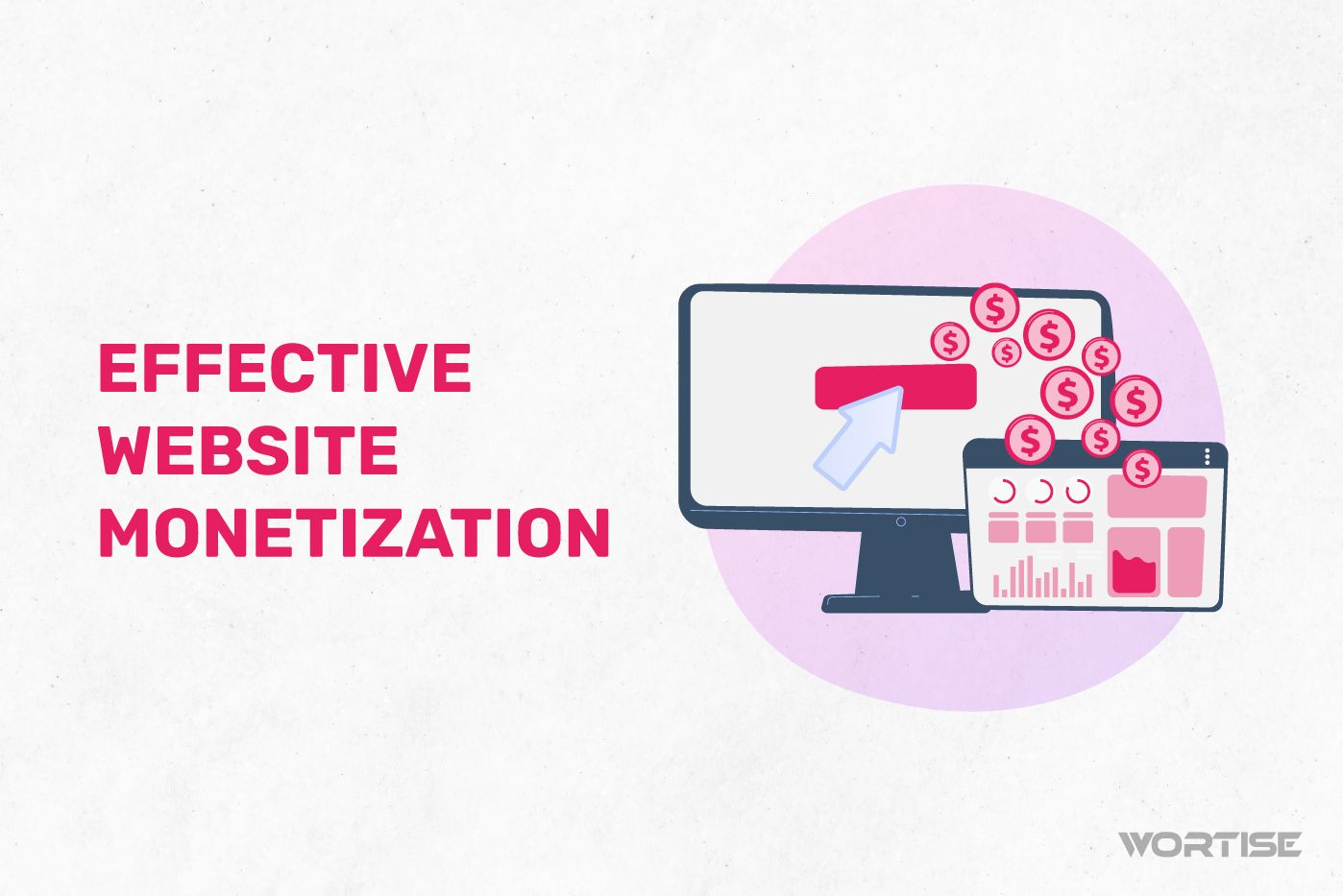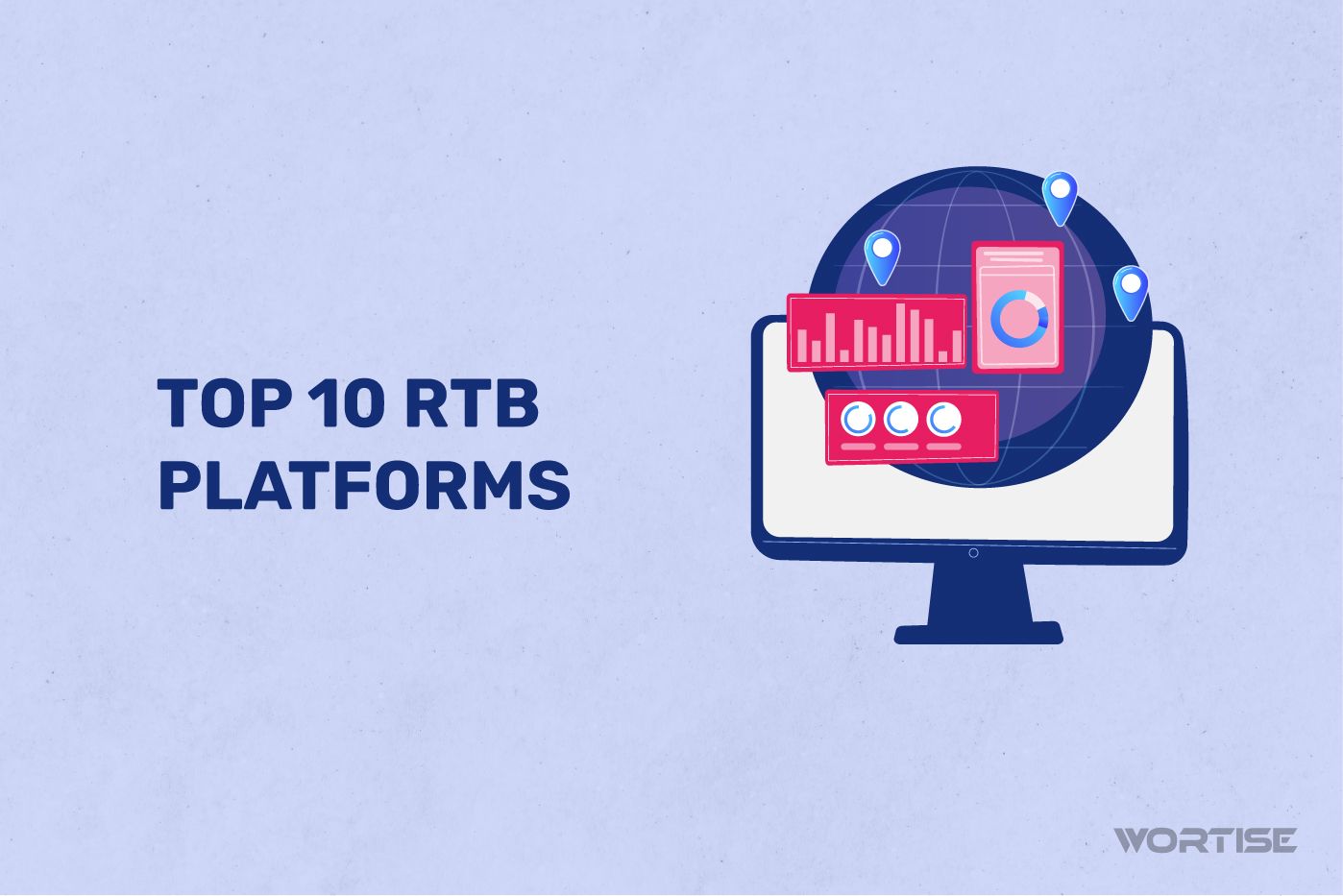The biggest mistake a publisher can make is settling for what has monetized their app so far. The programmatic advertising industry never stops, and it can always give you more than you think, but you clearly need to do your part. Of all the paths you can take, the key is to apply in-app yield optimization tactics.
These techniques will help you avoid sticking to the same monetization strategy. Your app can always become more interactive and enjoyable so that users feel comfortable and willing to pay attention to every advertisement.
Is it a challenge to generate more revenue? Yes, of course. Is it impossible? No. In this article, we have compiled 7 techniques that will help you maximize your ad revenue, so we invite you to read it to the end.
Yield optimization: what it is and why you should take it seriously
When you design an app or a website, you know very well that the job is never finished. In fact, it never ends. Over time, new updates and improvements emerge that you must implement if you don’t want to become obsolete in front of your competitors. The same goes for monetization.
Effectively executing yield optimization, also known as yield management, allows you to stay at the forefront and add value to your inventory. We can define it as the most efficient way to manage your inventory to increase fill rates and, consequently, see higher profits.
Performance management aims to increase revenue based on historical data on prices, inventory, and sales. The idea is to make optimizations based on the direction the market demand takes.
In a nutshell, every publisher can charge higher prices for inventory when demand is high and lower prices when demand is low. In any case, performance management is crucial.
A more satisfying experience
Performance optimizations must be comprehensive and cover all areas. In other words, they should focus on improving the efficiency and responsiveness of the app (coding tasks) while optimizing monetization tactics at the same time. There should be parity.
Why is it important to optimize the performance of your app? Well, basically because your intention is to retain users, and as you know, they are not willing to spend hours on an app with poor performance. Keep in mind that a slow application or one that displays invasive ads tends to increase the abandonment rate.
On the other hand, optimization is also essential to provide a positive user experience and improve their perception of quality. This increases the likelihood that they will make in-app purchases or interact with advertisements, which is exactly what we aim for, right?
Advertisers, especially premium ones, value apps with efficient performance because this ensures that their ads are displayed correctly and reach users in the right way.
7 best practices of yield optimization to maximize your ad revenue
Before applying any optimizations to your inventory, it is crucial to first analyze all the processes involved in your monetization plan: segmentation, metrics, the ad mediation platform you use, and other points. With this information in hand, you can have a starting point for making informed decisions.
Also, you must know your audience very well because all the optimizations you are going to undertake are supposed to improve their experience with your app and, of course, with the ads displayed in it. We will break down all these things in the following points:
#1 Conduct a real analysis of your app: measure its performance
The same data you have in your app will serve as a starting point to understand why you are not achieving the ad revenue you expect. Do not overlook any data. Review performance indicators (KPIs) and check what your highest eCPM has been since you started monetizing.
Evaluate what you did during that time that you can replicate now. Also, measure Conversion Rate, Abandonment Rate, and Retention Rate; you might find key clues to adjust your strategy and achieve better results.
The reason is simple: by analyzing past performance, you can identify patterns and trends that can help predict the future demand for your inventory.
#2 Speed and performance of the app
Another key aspect to optimize your app’s performance is to ensure that it is fast, efficient, and intuitive. This obviously involves optimizing the code, minimizing load times, and designing a user interface that is intuitive and easy to use.
It is proven that users love apps that allow smooth usage and are created with responsive design. No advertiser wants to place an ad on a poorly optimized site.
#3 Create precise segmentations
Following your audience’s consumption pattern, it is important to work on appropriate segmentation to improve the conversion rate. Take advantage of the segmentation and targeting capabilities of your advertising networks to display ads that match your users’ interests.
For this reason, it is essential to choose an ad mediation platform that works with strategic hyper-segmentation, thus increasing the chances of engaging potential customers.
And for all this, you must have the analysis you previously conducted at hand. The collected data will help you understand how your audience behaves, making it easier for you to offer your app as a showcase for relevant ads to them.
#4 Optimize your inventory
Avoid unattractive formats that, instead of providing a pleasant experience to users, end up ruining their stay within the app. As a useful tip for optimizing your application’s performance, include interactive and appealing formats so that your audience does not feel overwhelmed by repetitive advertising.
Diversifying the formats within your inventory allows you to display more entertaining and engaging ads. Make sure to use various sizes and always monitor your inventory to identify areas of scarcity or excess, as you should base your ad revenue on the supply and demand.
#5 Divide your inventory and set competitive prices
If your intention is to maximize your ad revenue, try dividing your inventory into different segments based on factors such as format, orientation, size, and location. This is a smart move to increase demand and set higher prices for your advertising spaces.
Combine this strategy with competitive pricing in open auctions or private marketplaces (PMP). Keep in mind that other publishers are also making moves to fill their inventory to the maximum, so it’s wise to stay one step ahead.
Do not lose sight of click-through rates and conversion rates to determine the value of your impressions. Provide advertisers with compelling reasons to choose your app over similar ones.
#6 Emphasize header bidding
It’s impossible to think about yield management tactics and leave out header bidding. This way of selling inventory allows publishers to receive bids from various sources of demand, which obviously increases competition and leads to higher ad revenue.
Ads load faster with header bidding than with traditional waterfall setups. Every publisher benefits from applying this method to increase the value of each advertising impression and gain greater control over their inventory.
#7 Conduct A/B tests
A/B tests involve comparing two versions of something to determine which one is more effective. It is widely used in marketing, and given the results it produces, it has become common in the world of programmatic advertising.
You can test different combinations of ad networks, ad frequencies, placements, segments, and formats and conduct two tests together to determine which one generates better results.
These types of tests provide concrete data for optimizing ad mediation and, consequently, offer better ad revenue. It’s always positive to make decisions based on data and the real performance of your inventory.
What determines ad revenue? Factors to consider
In programmatic advertising, it is challenging to determine how much you can earn from in-app ads. You might earn $400 in one month, but perhaps less in the next. It’s all very relative.
Many factors influence the entire process: the number of users using your app, the formats you use, the ad networks you employ, and the corresponding mechanism for ad placement.
In the midst of this context, it is crucial that your app displays high-quality ads that generate interactions. It is unlikely that a user will want to watch an ad to the end if there are no visual elements that captivate them.
The formats you integrate play a starring role. According to trends for 2023, formats such as video ads and native ads are setting the pace in the in-app industry. The variety of formats can make each user feel the need to interact with an ad rather than see it as a tedious task.
Furthermore, another point to emphasize is user segmentation. If ads match their interests and preferences, there are much higher chances of increasing click-through rates (CTR) and cost per thousand impressions (CPM).
Choose a good partner to maximize your ad revenue
Now you have the tools to carry out your yield optimization plan with greater clarity. However, we must also mention the importance of ad mediation platforms on the path to monetization. Choosing an ad mediation platform that does not align with your publisher goals can be a starting point for failure.
Therefore, in your tireless mission to boost your ad revenue, make sure the ad mediation you choose has these characteristics:
- Connects you with a wide range of advertising networks.
- Uses advanced technology to select the most relevant ads.
- Blocks or skips low-quality ads with little monetization potential.
- Provides detailed performance analytics and reports.
- Offers the ability to hyper-segment your target audience.
- Provides personalized technical support to correct any monetization strategy as soon as possible.
- Connects you with premium advertisers and maximizes your eCPM.
Utilizes innovative ad formats. Boost your app’s ad revenue with Wortise, the largest mobile marketplace in Latin America.
Hello, Publisher! We want you to stay focused on coding while we help you maximize your ad revenue with our advanced ad network platform featuring over 100 Ad Networks.
We work with first-party data-based technology, and our system is designed to prioritize intelligent ad optimization in your app. We aim to display ads that generate the highest profitability.
We offer the highest eCPM in the market, provide personalized support, and offer advanced tactics to help you generate more earnings.
